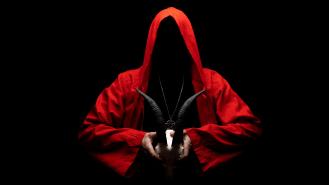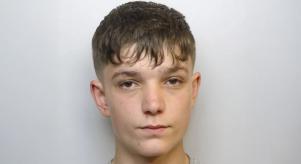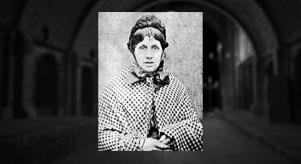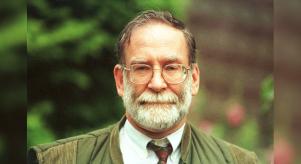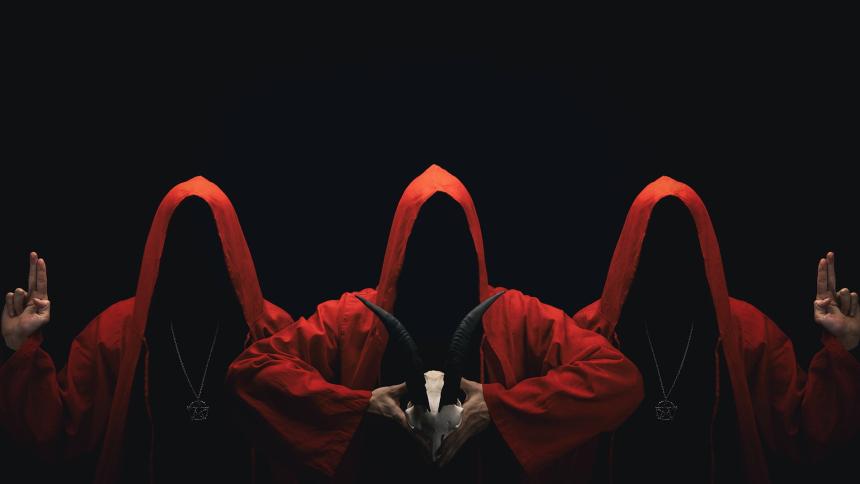
'The Sons of Sam': Was David Berkowitz part of a killer Satanic cult?
In the main, serial killers tend to kill alone. Murder isn’t really a social activity. Name an infamous multiple murderer and they’ll likely be a lone wolf: Bundy, Dahmer, Sutcliffe, Gein, Gacy - all single unit operators.
Of course, there are plenty of examples of deadly duos: The Hillside Stranglers, Charles Ng and Kenneth Lake, Fred and Rose West, Ian Brady and Myra Hindley. But beyond that? In serial killing, it’s a case of one or two’s company, three’s a crowd. And four, five or six? Well, that’s a riot. It just doesn’t happen.
Or does it…?
The idea of the ‘killer cult’ is not a new one. In fact, in 1970’s America, a roving group of homicidal cult members were still fresh in the minds of the populace. Charles Manson’s dedicated acolytes had carried out some of the most high profile and brutal murders the country had ever seen. Yet while The Manson Family loomed large in the public consciousness, few people ever dared believe something similar was possible again.
Eight years after Manson’s disciples carried out the infamous Tate - LaBianca murders, there grew talk of another group of killers working together to strike fear into the hearts of America. This time it would be more occult than cult...
The Son of Sam killings
London in 1977 was a time of mohawks, safety pins and the music of The Sex Pistols, The Damned and X-Ray Spex. Across the Atlantic, London’s spiritual cousin New York City was in the grip of something else: terror. People were being shot at random by a crazed gunman. It was to become known as ‘The Summer of Sam’.
A .44 calibre Bulldog revolver was used in the murders of six people and wounding of seven others between July 1976 and July 1979. The terrifying killing spree whipped up intense paranoia and dread in the city. Soon, 'The .44 Caliber Killer' had gained global notoriety. As the victim toll mounted, the NYPD launched what would become the biggest police manhunt in their history of the city. Soon, that manhunt would bear fruit.
The NYPD get their man
The 10th of August saw the panic die down as a pudgy-faced postal worker was arrested for the killings. The arrest of David Berkowitz seemed to draw a line under the year of fear that New Yorkers had lived.
On the final day of July, Stacy Moskowitz was shot dead and her boyfriend, Robert Violante, was shot but survived. Police soon discovered that a parking ticket had been issued nearby at the location of the attack, right around the time of the shooting.
The owner of the vehicle matched an eyewitness account of the shooter. On searching the vehicle, officers found a letter matching those that were being sent to a local journalist claiming to be from the perpetrator. The Ford Galaxy that police rifled through belonged to one David Berkowitz, who greeted his arresting officers with a smile and this chilling greeting: "Well, you got me. How come it took you such a long time?" He then immediately confessed to being The .44 Calibre Killer.
It looked to be pretty straightforward for authorities from that point. Try him, sentence him, lock him up. Case closed. And that’s pretty much how it went, with Berkowitz pleading guilty to all six murders and being sentenced to 25 years to life in prison. But very quickly the case would get seriously weird...
'The dog made me do it'
So what drove Berkowitz to gun down random members of the public? His initial motive wasn’t obvious. Investigators and profilers had imagined a sexual compulsion as an explanation. Or feelings of inadequacy, perhaps. Maybe even PTSD from his days in the US Army. Or some sort of political agenda. What Berkowitz told them shocked them. And with good reason.
During police questioning, Berkowitz cited an unusual inspiration. He claimed that his neighbor's dog told him to kill, saying that the pet 'demanded the blood of pretty young girls'. The black Labrador, the killer said, was possessed by an ancient demon called ‘Father Sam’ who commanded Berkowitz to murder through the barking he heard through the wall.
Strangely, this wasn’t to be the most controversial claim about the Son of Sam killings.
'I did not pull the trigger in every single one of them'
Berkowitz’s confession and imprisonment appeared to tie up the case. But not for everyone. Many people, including one of Berkowitz’s prosecutors, believed that the killer didn’t act alone. Throughout the investigation, there was a credible working theory that there was either a copycat out there, or the murders were orchestrated in tandem, with multiple agents.
So in September of 1977, when Berkowitz wrote to The New York Post claiming to have accomplices, the cut-and-dry case suddenly became a bit wetter. In his missive, the killer wrote: "There are other Sons out there, God help the world."
He went on to claim that while he did kill some of the victims, he was not responsible for every single one. Some were committed by fellow members of a group he was part of, a group which was obsessed with the occult. Berkowitz explained in interviews with the author Maury Terry how he became a part of it all:
“I had gone to a party in the neighborhood and I met some interesting people there. We began to talk about the occult. It just came up. And there'd be people getting high and going through some rituals. They were into the occult. I met some people there who said that they were witches. There were animal sacrifices and other dark and ugly things happening."
“It was a recruitment process. A slow but methodical recruitment process. They were working with Satan to try to bring in a lot of chaos.”
Berkowitz claimed that other members of the group selected victims, surveilled them and acted as getaway drivers. He also stated that he only committed three of the six murders, those of Donna Lauria, Alexander Esau and Valentina Suriani. He also retracted his possessed dog comments.
‘The Ultimate Evil’
Berkowitz’s claims form the basis of a 640-page tome by the previously mentioned writer Maury Terry. In his 1988 book The Ultimate Evil: An Investigation into a Dangerous Satanic Cult - a must read for all true crime fans - Terry meticulously and forensically lays out the case for the murders being attributable to multiple people.
One of the standout pieces of evidence that Terry mentions in the book is the fact that eyewitnesses described vastly different assailants. Composite sketches of the killer(s) are not consistent in any way. A litany of other links and convincing arguments pepper the book, the writing of which obsessed Terry for years.
Arguments against the theory
While many folk buy into the theory, including the then District Attorney for Queens (where five of the six murders occurred) and surviving victim Carl Denaro, not everyone is convinced.
Retired FBI profiler John E. Douglas, whose books and career inspired the popular Netflix serial killer drama Mindhunter, believes Berkowitz acted alone and cooked up claims of a wider network of killers to take the heat off himself. Douglas is adamant that Berkowitz had no help as he was an 'introverted loner, not capable of being involved in group activity.'
New York Daily News columnist Jimmy Breslin - who Berkowitz wrote to during the span of the murders - is also convinced the killer acted alone. "When they talked to David Berkowitz that night,” he says, “he recalled everything step by step. The guy has 1,000% recall and that's it. He's the guy and there's nothing else to look at."
What are we left to think? The claims certainly have credibility, but are they true? Was ‘Son of Sam’ killer David Berkowitz merely one of multiple killers? Did a whole group of deranged occultists get away with the murders and perhaps go on to kill again? It seems likely we’ll never know for certain.


